Support Page Content
Achievements In the CSUS Stem Cell Program, 2020
About Our Stem Cell Graduate Research
Master’s students in our Stem Cell Program perform cutting edge translational research in the field of regenerative medicine. The intention of this site is to provide a platform for our graduate students to describe their research to the greater community. In some cases, students chose instead to write editorials aimed at providing a general understanding of stem cell research. In all cases, students attempted to describe research in a way that would be consumable and informative — and possibly even entertaining —to all readers.
To protect the confidentiality of unpublished research currently underway at UC Davis, the specific names of genes, proteins, cells, and tissue types have often been replaced with aliases or referred to generically (e.g., "factor X" or "a specific peptide"), unless the information is already publicly available elsewhere.
If you have questions or comments, please contact the site editor: Dr. Kimberly Mulligan.
Other Accomplishments
Have a Wound? 3-D Bioprint Yourself a Bandage
Christina Huynh
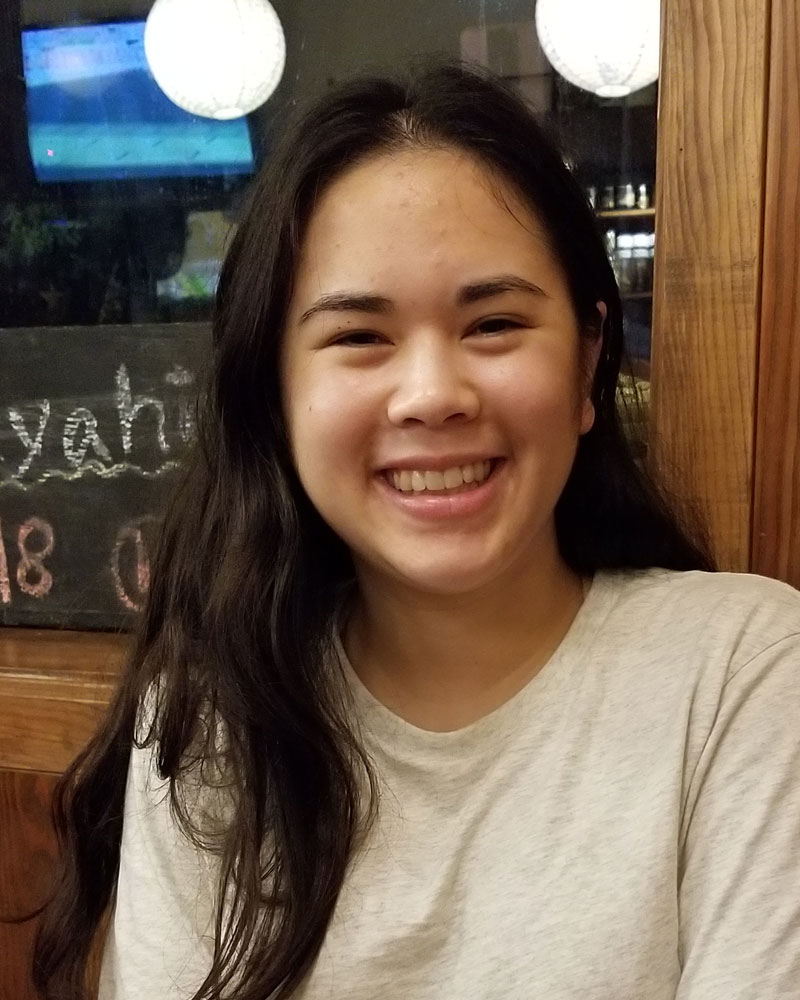
We’ve probably all had a few scrapes, scratches, and cuts that cause a wound. Wounds can vary from a simple break of the skin surface to deep tissue damage of the muscles, nerves, organs, and/or bone. The largest wounds can take an entire year to heal, but infection and inflammation can make the healing process problematic.
One current treatment for healing of severe wounds is called autologous split-thickness skin graft (ASSG). Using a skin graft involves removing a piece of skin from a secondary surgical site on the patient, stretching the skin, and reapplying the graft onto the primary wound. If you’re thinking this process seems counterintuitive—because it creates a wound at another location on the body that could potentially scar—many in the field agree. Scientists have been hard at work, trying to come up with an alternative to ASSG. Their hard work has led to an exciting process called 3-D bioprinting! 3-D bioprinting is an emerging technology that does not require creating additional wounds, can be applied to internal wounds, and allows a natural and complete recovery within only a few months.
Could Stem Cells treat COVID-19?
Tyrel Long
Social distancing, school closures, cancellations of large public gatherings, and national lockdowns are just a few precautionary measures being enacted to fight a pandemic known as COVID-19 (Coronavirus Infectious Disease 2019). As of May 2020, COVID-19 has infected almost 4.7 million people and killed over 300,000 worldwide, with over 80,000 deaths occurring in the United States. As the infection rate and death rate are still on the rise, COVID-19 is a world-wide concern.
SARS-CoV2 attacks both the upper respiratory tract (the trachea) and lower respiratory tract (the lungs). Thus far, mortality rates appear to be much higher for elderly, individuals with other underlying health conditions, and those who are immunocompromised. Those who are immunocompromised are not able to combat the virus and suffer severe loss of lung tissue, inflamed lungs, and pneumonia. Many leaders around the world are asking, what can be done?
A Gut Reaction to Intestinal Stem Cells
Angelo Niosi
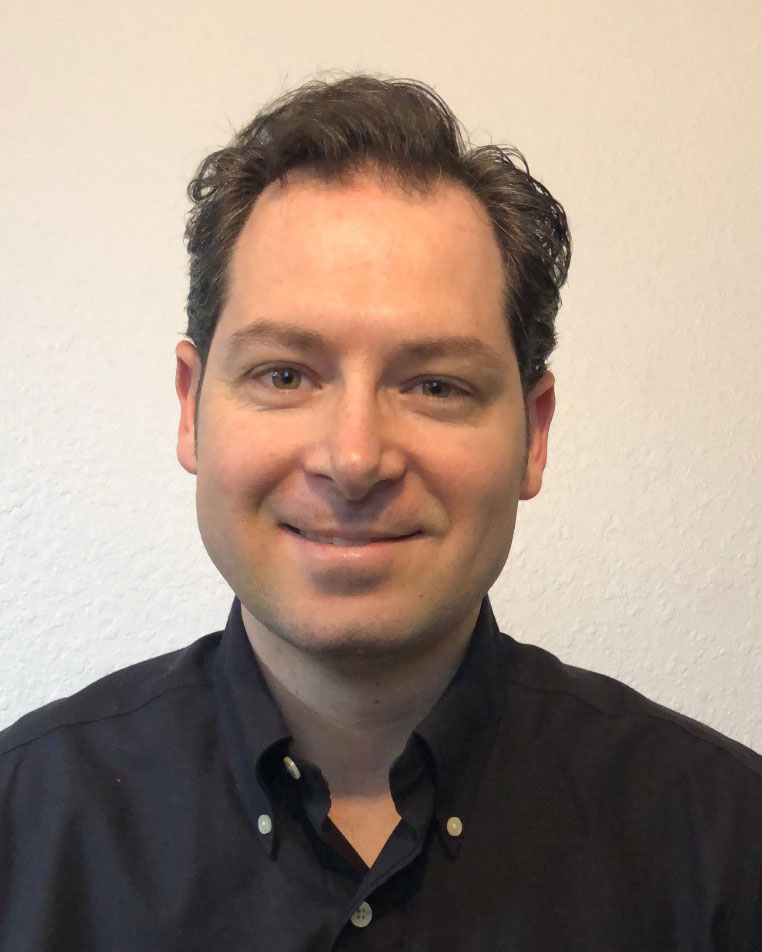
Have you ever heard someone say they “knew it in their gut”? It may seem absurd to “know” something in your gut and it seems obvious that we know things with our brain, right? Well, researchers have recently discovered that our guts and brains are more connected than we realize. An exciting area of research making this gut-brain connection is the investigation into the cause of gastrointestinal disorders and their overlap with brain disorders.
Stem Cells for Childhood Alzheimer’s: A Cure for Sanfilippo Syndrome
Sabrina Noritake
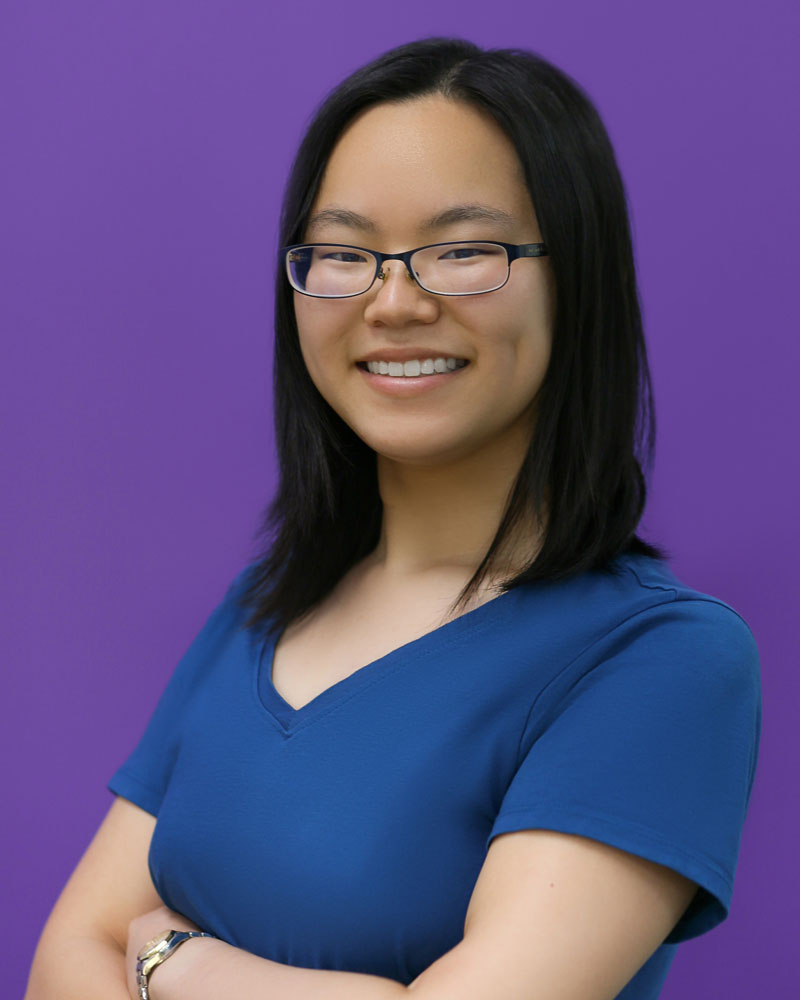
Can you imagine having a child with Alzheimer's? Unfortunately, this is the reality for children affected by Sanfilippo Syndrome—also called Mucopolysaccharidosis III (MPS III). MPS III is a recessive genetic disease that primarily affects the nervous system. Afflicted children go on to develop symptoms ranging from behavioral problems, sleep problems, hyperactivity, extreme aggression, and anxiety. The final stage of this disease is immobility, dementia, difficulty swallowing, and an early death in teenage years. Sadly, there is no cure.
Pour Some Sugar on Me: The Sweet Side of Cancer, Glycosylation & Cancer
Jordan Pavlic

Glycosylation, which might sound scary and super science-y at first, just means the process of adding sugar to a protein. (It) is an extremely significant process biologically, and plays a key role in many bodily functions including development, cell-to-cell communication, and immune system regulation. Many diseases linked to malfunctioning glycosylation mechanisms. But where does cancer fit into all of this?
Cell Migration: Using Stem Cells for Bone Fractures Therapies
Meiby Ramos
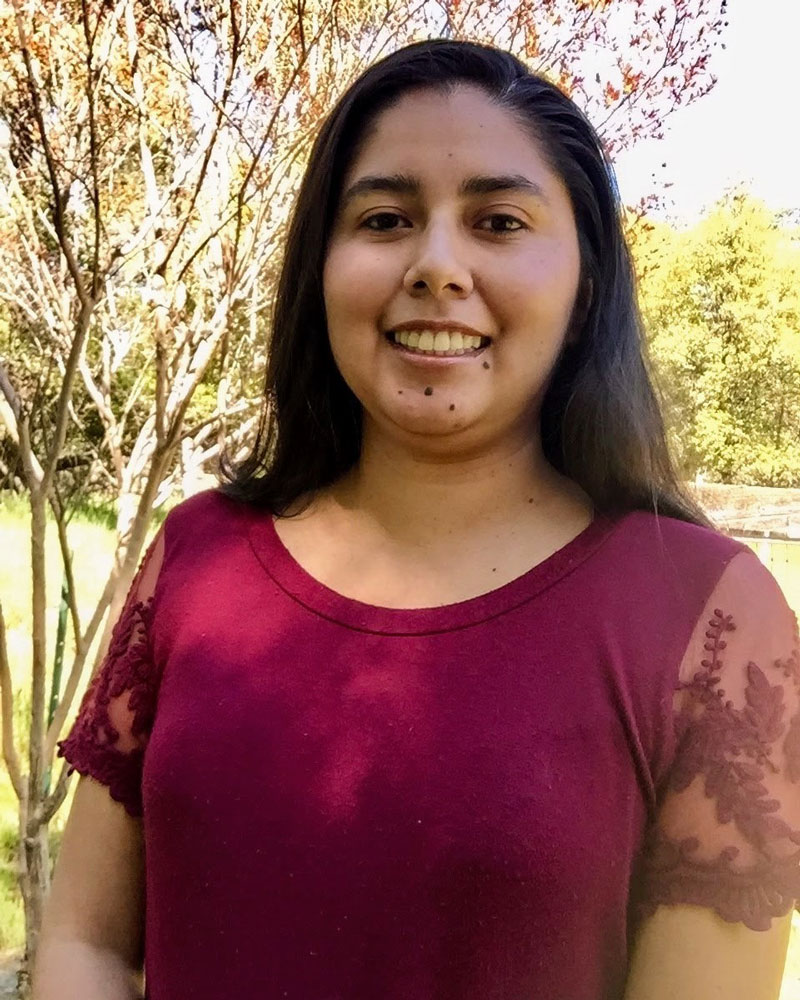
In order for a building to stay upright and not collapse, it needs a strong foundation. In the human body this same structural support is provided by the skeletal system. Throughout our lives, bones break down through a process called resorption. Bone formation, also referred to as ossification, occurs simultaneously to produce new, healthy bone. Unfortunately, this rocess is impaired in 10-20% of bone fracture cases due to severe physical trauma or metabolic diseases.
Targeted Delivery for Treating Spina Bifida
Tyler Sickler
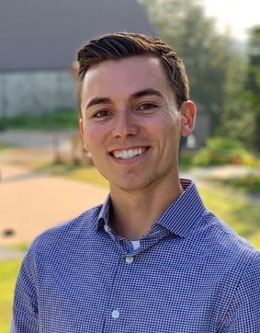
Imagine you are on a boat and it suddenly starts to fill with water. Patching the hole responsible is doable, but you are also worried about the valuable items on board that could become damaged by rising water inside your boat. Take a second to think about what those items could be—your phone, food, maybe even a navigation system to help you get back to shore. Whatever it is, life would sure be more difficult without it. Now let’s consider a condition called spina bifida.
EVs and You: Delivered Hot and Ready, or Your RNA is Free!
Ryan Stagnaro
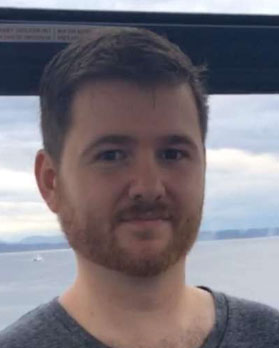
Pandemic or not, most of us have been in a situation similar to this, worrying about pollen and other outside allergens. Unfortunately, some people have to worry about more than just having a mistaken immune response to particles floating in the air, as they have mistaken immune responses to their own body. Many autoimmune conditions, such as multiple sclerosis (MS), can lead to devastating permanent damage. When someone has a disease like MS their own immune system begins to see itself as a threat. MS is like an allergy, but instead of your body reacting to the pollen in the air or the shrimp in your food, it is reacting to parts of your own cells. In the case of multiple sclerosis, your body mounts an immune response to parts of your nervous system, which leads to extensive damage and potential paralysis. In order to treat this type of illness, we need to both calm down the immune system, and repair the damage that was caused.
Stem Cell Transplantation Therapy Treatment for Autism Spectrum Disorder
Angelina Tupikova
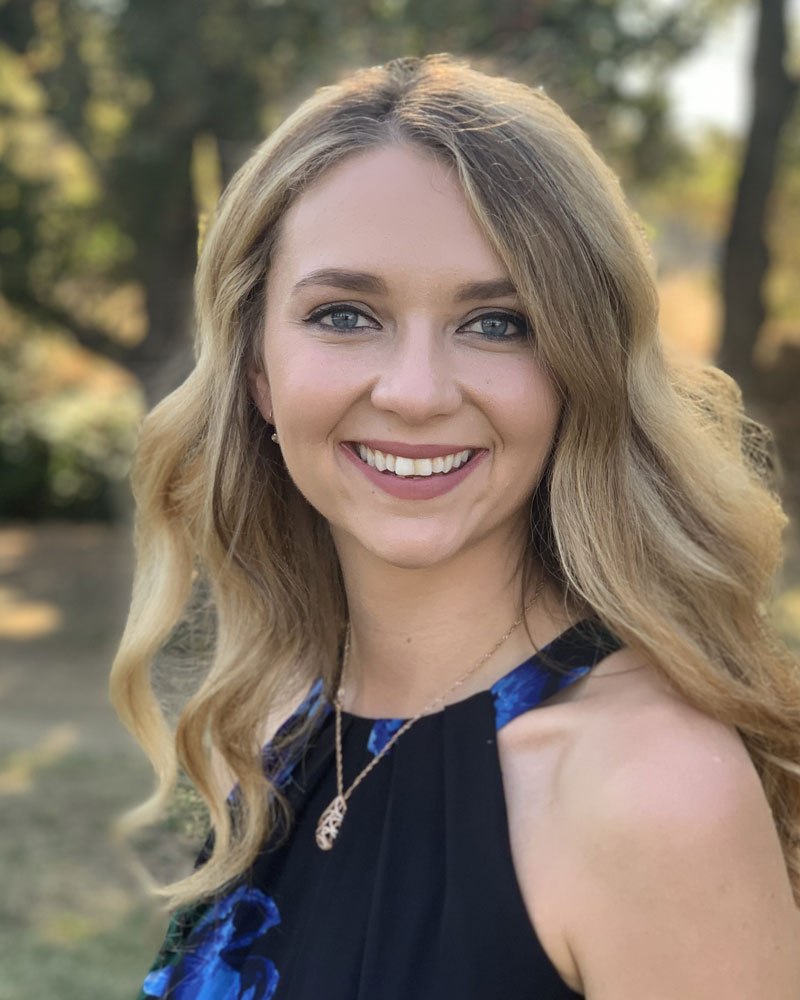
Autism spectrum disorder (ASD) is a multifactorial disorder that afflicts 1 in 59 individuals nationwide. ASD is prevalent across many ethnicities and socioeconomic backgrounds and tends to occur more often in males. It is characterized by abnormalities in social interactions and communication as well as repetitive behaviors. There are hundreds of genes that are linked to the development of ASD. Most are responsible for the proper development and function of the central nervous system. Currently, there are over 2 million people living with ASD and, unfortunately, there is no cure. The increasing prevalence of ASD and the financial burden associated with ASD requires a creative approach to treatment.
Children who are currently diagnosed with ASD are treated with behavioral interventions for example: speech-therapy, play-based therapy, and behavioral therapy. These interventions tend to focus on the associated symptoms of the disorder rather than the underlying cause. Although this type of therapy has shown signs of progress and improvement, it is insufficient. We need to be doing more. The field is still in dire need of a more effective treatment for ASD and this is where stem cells come into play!
How Can We Study Disorders of the Brain Using Teeny Tiny Skin Cells?
Chloe Welch
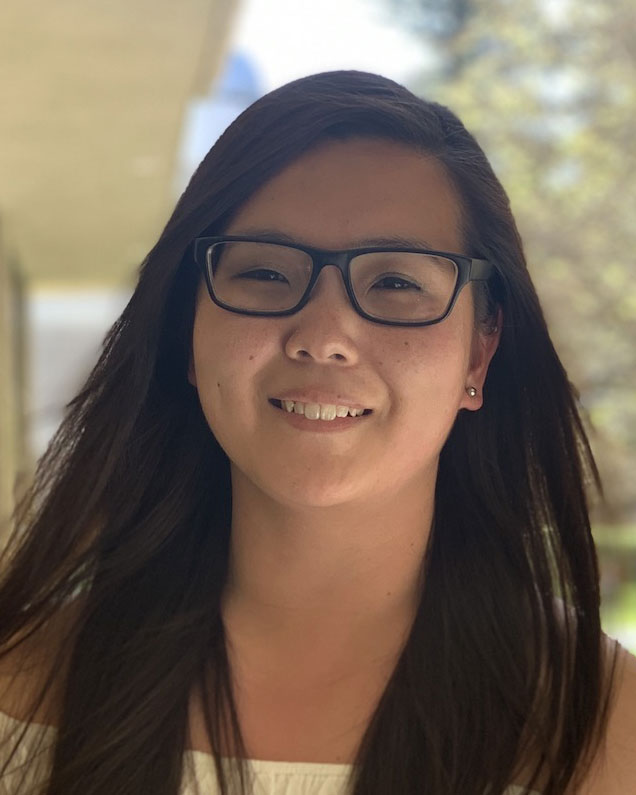
Did you know that every year millions of people are afflicted by brain disorders and some might not even know they have one? These range from common, recurring headaches to developmental disabilities such as autism spectrum disorder. Currently, 1 in 10 individuals in the United States are impacted by neurodevelopmental disorders (NDDs). In addition to affecting 2 to 3 percent of the United States population, there are also large financial costs associated with NDDs with a lifetime cost of up to $1 million per individual diagnosed.
Jordan’s Syndrome is the name recently given to a rare neurological disorder characterized by delayed motor skill and speech development, an enlarged head size, and distinct facial features such as a long face and widely-spaced eyes. Currently, there are limited treatment options and no known cure for Jordan’s Syndrome.
What if the answer we’re looking for could potentially lie in front of us? Or right on us, for that matter? What if the answer could be in cells—the smallest and most basic unit of life?
How hiPSCs Can Fix an Achy-Breaky Heart
Sarah Zeigler
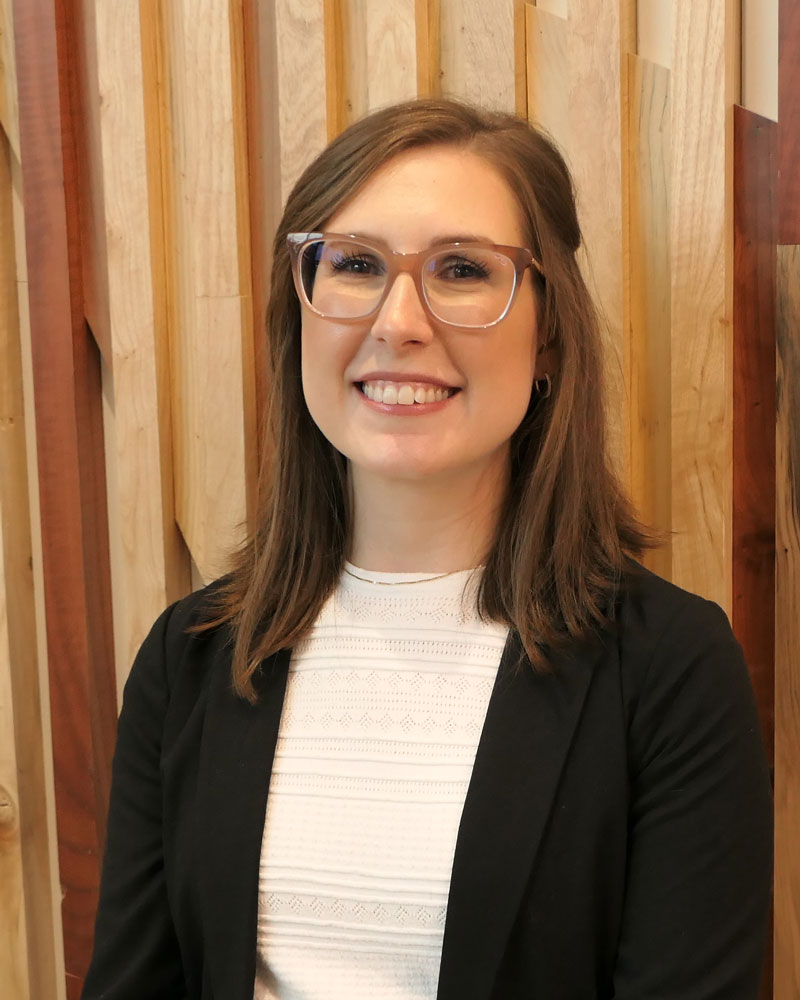
Heart disease is a global economic and health burden leading to 1 death every 40 seconds in the United States. The sinoatrial node is located in the top right region of your heart and functions as the primary pacemaker of your heart. This causes your heart to beat at the correct pace to pump blood throughout your whole body while you go about your daily life. Pretty cool, huh?
However, if there is a problem with your sinoatrial node, this can cause a wide range of diseases such as atrial fibrillation. Atrial fibrillation is the most common type of rhythm dysfunction, which is when the heart beats either too fast, too slow, or at an irregular pace. A common treatment is an implanted pacemaker; but these devices have drawbacks such as high cost, device lifespan, and surgical risks. For example, the battery on a pacemaker only lasts, on average, 10-15 years before requiring a surgical procedure to be replaced.
Human induced pluripotent stem cells (hiPSCs) are a special type of cell that can become any cell type in the body, including cardiomyocytes, or heart cells.